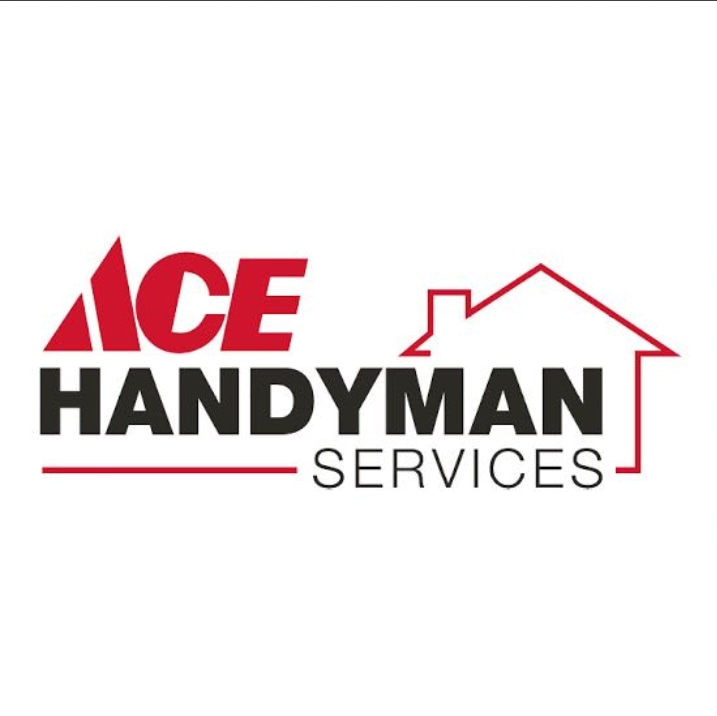How to Know If Your Drywall Damage Needs Repair or Replacement
Do you have news to share?
Share your announcements and news articles with fellow SCBP members on our website!
If you are interested in joining SCBP, please contact: Chris Edwards, CEO & President at CEdwards@scbp.org

How to Know If Your Drywall Damage Needs Repair or Replacement
Drywall is one of the most common building materials in modern homes. It’s durable, cost-effective, and easy to finish — but it’s not indestructible. From small dents and nail pops to water damage and cracks, homeowners often wonder: does this drywall need a simple repair, or is it better to replace it entirely?
Here’s how to tell the difference:
Signs Your Drywall Can Be Repaired
Most minor drywall issues can be patched, sanded, and painted to look as good as new. Common repairable problems include:
Small Holes and Dents
From doorknobs hitting the wall to picture hangers and minor accidents, small holes can usually be patched with drywall compound or a repair kit.Nail Pops
When drywall screws shift slightly, they create a small bump or crack. This is a cosmetic issue and can easily be fixed by resetting the screw and smoothing over the area.Hairline Cracks
Minor cracks caused by normal settling or temperature changes can often be repaired with joint compound and a fresh coat of paint.Scuffs or Minor Surface Damage
If the damage doesn’t penetrate deep into the drywall, sanding and painting is usually all it takes.
Signs Your Drywall May Need Replacement
Some drywall issues go beyond a quick patch. In these cases, replacement is often the smarter and safer option:
Water Damage
Discoloration, sagging, or soft spots usually mean water has seeped into the drywall. Water-damaged drywall can lead to mold growth and should typically be replaced rather than patched.Large Holes or Structural Damage
If the hole is bigger than 6 inches, repairs may not hold up long term. Replacement ensures stability and a smoother finish.Extensive Cracking
If cracks keep reappearing after repairs, this could point to structural movement or deeper issues. Replacing the affected drywall may be necessary.Mold Growth
Mold can spread behind drywall where it’s not visible. If mold is suspected or confirmed, the damaged section should be replaced immediately.
Repair vs. Replacement: The Bottom Line
Repair is best for small, cosmetic issues that don’t affect the integrity of the wall.
Replacement is best when the damage is severe, recurring, or related to water or mold.
Get Professional Help
Drywall might look easy to repair on the surface, but a seamless finish takes skill, the right tools, and experience. At Ace Handyman Services, we can assess your drywall damage and recommend whether repair or replacement is the right solution. Our craftsmen handle everything from patching small holes to replacing full sections, leaving your walls smooth and ready for paint.
👉 Contact us today at 732-366-1028 to schedule your drywall repair or replacement and restore your walls with confidence.
Images


